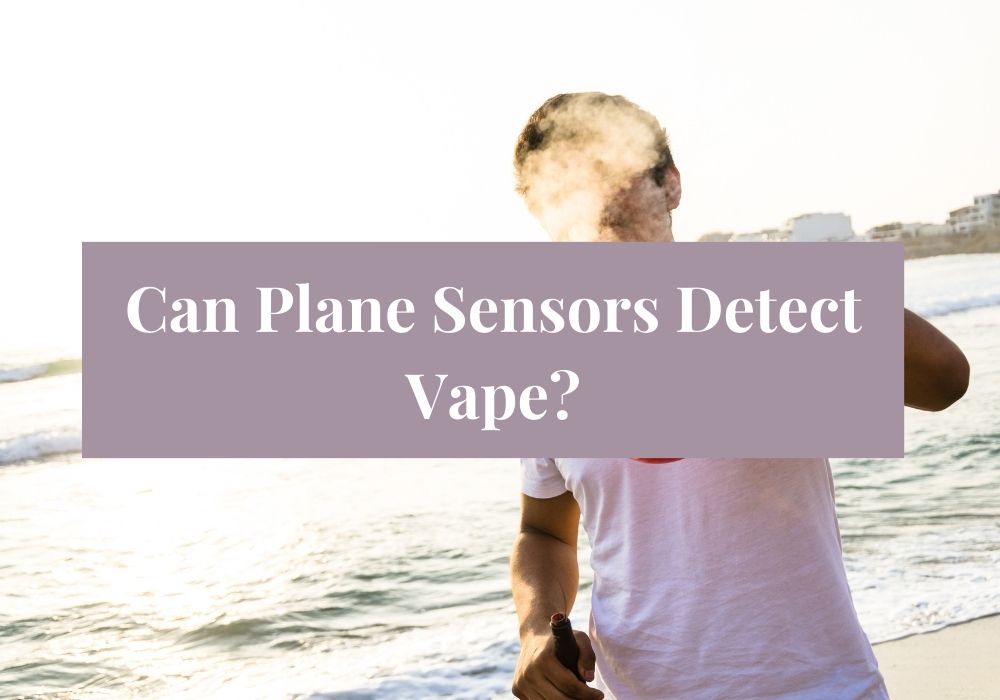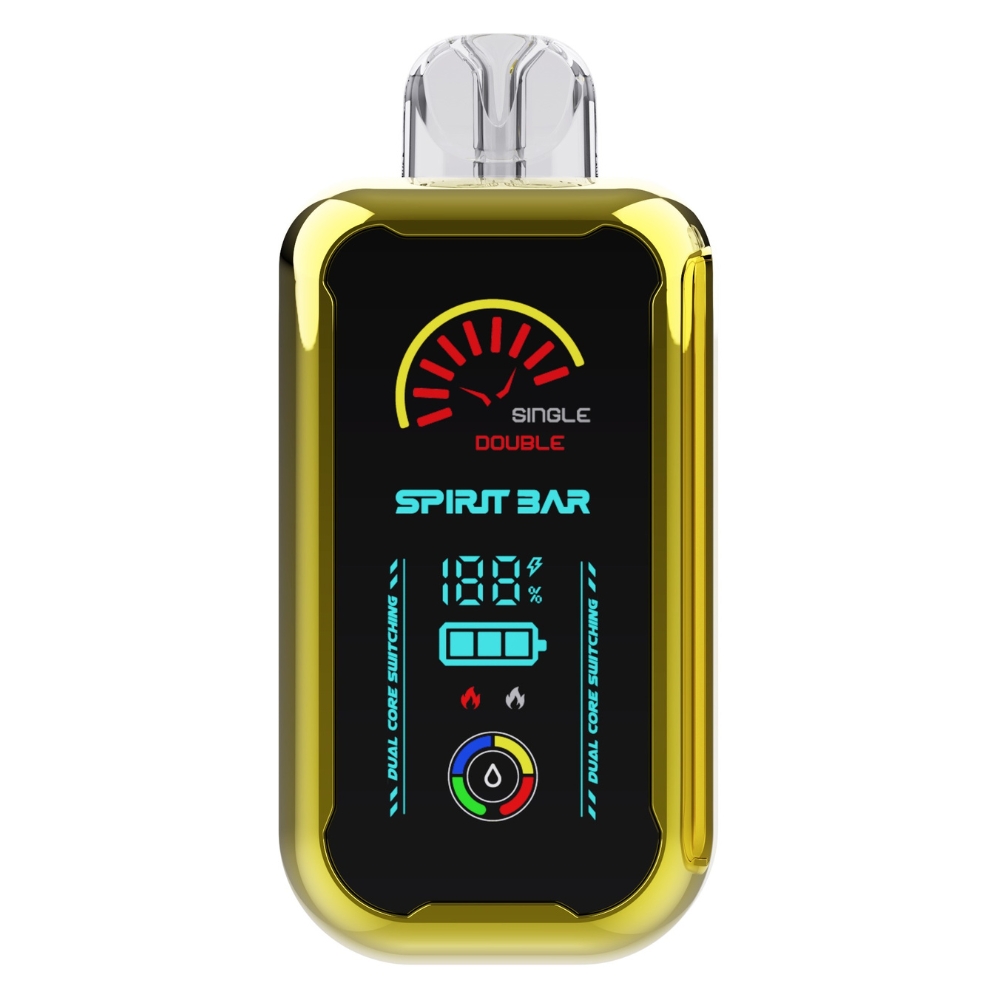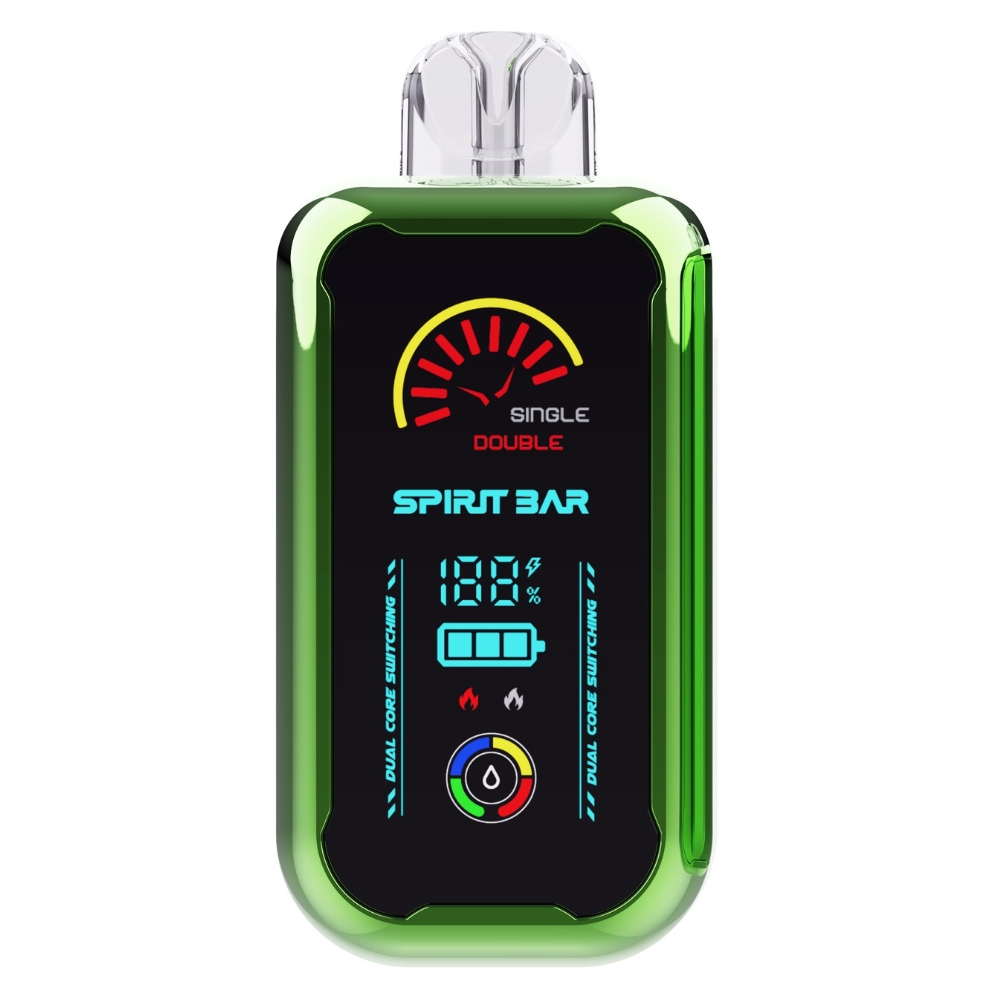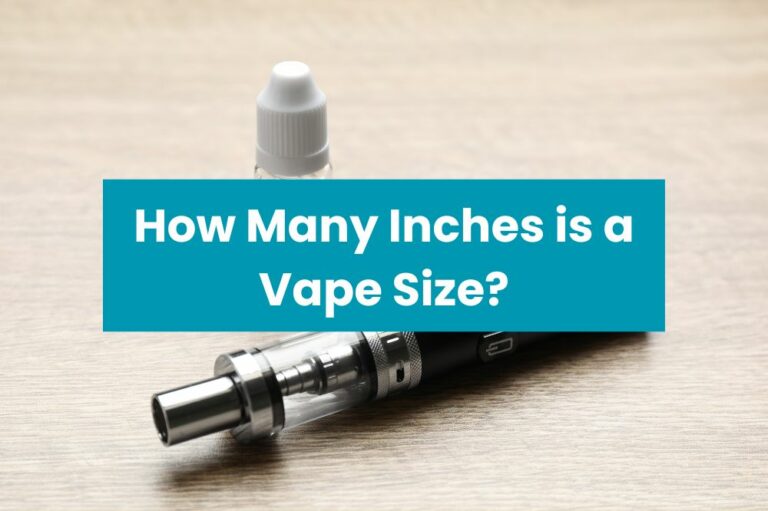Can Plane Sensors Detect Vape?

Are you a vaper who frequently travels by plane? If so, you may be wondering whether airplane sensors can detect vape. The answer is yes, airplane sensors can detect vape, and airlines and aviation authorities have implemented strict policies to address this issue and ensure the safety and comfort of all passengers.
Vape smoke sensors are employed to detect vape. Most affordable and reliable are laser scattering sensors that detect vape smoke and emitted particulates. Vaping devices produce less visible vapor compared to conventional cigarettes, making it harder for smoke detectors to identify vape emissions. However, airplane sensors are specially designed to detect even the smallest amount of smoke or vapor, including vape emissions.
If you are caught vaping on a plane, you may face serious consequences, such as fines or even criminal charges. In 2016, the U.S. House Transportation and Infrastructure Committee approved an amendment that adds vaping to the federal ban on smoking in airplane cabins. Therefore, it is important to follow airline policies and regulations to avoid any potential legal and safety issues.
Understanding Plane Sensors
How They Work
Airplanes are equipped with various sensors that detect different types of particles in the air. These sensors are designed to detect smoke, fire, and other hazardous materials that may be present in the cabin.
When smoke or other particles are detected, the sensors trigger an alarm that alerts the crew and passengers of a potential hazard. In the case of vape, most airplane smoke detectors rely on laser scattering sensors that can detect vape smoke and emitted particulates.
Types of Plane Sensors
There are different types of sensors used in airplanes, each with its own specific function. Some of the most common sensors include:
- Smoke detectors: These sensors are designed to detect smoke particles in the air and trigger an alarm if smoke is detected.
- Carbon monoxide detectors: These sensors detect the presence of carbon monoxide in the air and alert the crew and passengers of a potential hazard.
- Temperature sensors: These sensors monitor the temperature in different parts of the airplane and alert the crew if the temperature exceeds a certain threshold.
- Pressure sensors: These sensors monitor the air pressure in the cabin and alert the crew if the pressure drops below a certain level.
Overall, airplane sensors are critical for ensuring the safety of passengers and crew. They are designed to detect potential hazards and alert the crew and passengers of any danger. If you are a vaper, it’s important to be aware that airplane sensors can detect vape smoke and emitted particulates.
Vape Detection Basics
Vape Composition
Before discussing vape detection methods, it’s important to understand the composition of vape. Vape, also known as e-cigarette vapor, is composed of a variety of chemicals, including nicotine, propylene glycol, vegetable glycerin, and flavorings. While some of these chemicals are considered safe for consumption, others can be harmful when inhaled in large quantities.
Vape Detection Methods
There are several methods for detecting vape, including visual observation, odor detection, and sensors. Visual observation involves looking for visible vapor, which can be difficult to see in some environments. Odor detection relies on the distinctive smell of vape, which can be masked by other smells in the environment.
Sensors are the most reliable method for detecting vape. There are several types of sensors that can be used, including laser scattering sensors and ion mobility spectrometry sensors. Laser scattering sensors detect vape smoke and emitted particulates, while ion mobility spectrometry sensors detect specific chemicals in the vapor.
Airplane smoke detectors are designed to detect smoke particles, not specifically vape or vapor particles. However, new airplane smoke detector technologies are adapting to vape smoke, so it’s important to be careful when using e-cigarettes or vape pens on airplanes. It takes a larger amount of vape smoke to trigger a traditional smoke detector compared to cigarettes, but it is still possible for them to detect it.
In conclusion, while there are several methods for detecting vape, sensors are the most reliable. It’s important to be aware of the composition of vape and the potential harm it can cause when inhaled in large quantities.
Can Plane Sensors Detect Vape?
If you’re wondering whether plane sensors can detect vape, the answer is yes. While traditional smoke detectors may not be triggered by vape smoke, new airplane smoke detector technologies are adapting to vape smoke. In this section, we’ll take a closer look at the scientific perspective and practical implications of plane sensors detecting vape.
Scientific Perspective
Vape smoke sensors are employed to detect vape. Most affordable and reliable are laser scattering sensors that detect vape smoke and emitted particulates. According to a source, these sensors are designed to detect the presence of particles in the air. When a particle is detected, it triggers an alarm indicating that there is smoke in the air.
Practical Implications
As vaping becomes increasingly popular, it poses new challenges for aircraft safety and the comfort of other passengers. It is crucial for airlines to maintain a smoke-free environment and ensure the safety of everyone on board. According to a source, airplane toilets can indeed detect vape. If you’re caught vaping on a plane, you could face serious consequences, including emergency landings, huge fines, and possible legal action.
In summary, plane sensors can detect vape, and it’s important to follow the rules and regulations set by the airlines to ensure the safety and comfort of all passengers.
Implications of Vape Detection on Planes
Vaping on planes has become a major concern for airlines and aviation authorities due to the safety and comfort of all passengers. In recent years, there have been numerous instances where the use of e-cigarettes or vape pens on airplanes has caused disruptions and safety concerns. As a result, airlines and aviation authorities have implemented strict policies to address this issue.
Safety Concerns
The use of e-cigarettes or vape pens on planes can pose a safety risk due to the potential for fire. Lithium-ion batteries, which are commonly used in these devices, have been known to explode or catch fire if they are damaged or exposed to high temperatures. This can be a serious risk on an airplane, where a fire can spread quickly and be difficult to extinguish.
In addition to the risk of fire, vaping on planes can also pose a health risk to other passengers. Secondhand vapor can contain harmful chemicals and particles that can be inhaled by others, potentially causing respiratory problems or other health issues.
Regulatory Aspects
To address the safety concerns associated with vaping on planes, airlines and aviation authorities have implemented strict policies. The Federal Aviation Administration (FAA) has banned the use of e-cigarettes and vape pens on planes, and passengers are not allowed to pack them in their checked luggage. Instead, they must be placed in carry-on luggage only and should be carefully protected to prevent the device from accidentally turning on.
Passengers who are caught vaping on a plane can face serious consequences, including fines, emergency landings, and even criminal charges. In some cases, passengers have been banned from flying with certain airlines or have been placed on no-fly lists.
In conclusion, the implications of vape detection on planes are significant. Airlines and aviation authorities are taking this issue seriously and have implemented strict policies to ensure the safety and comfort of all passengers. If you are a vaper, it is important to be aware of these policies and to comply with them to avoid serious consequences.
Case Studies of Vape Detection on Planes
Air travel safety is a top priority for airlines, and detecting any potential threats is crucial. Vape detection is a relatively new area of concern for airlines, and there have been a few case studies conducted to determine the effectiveness of vape detection sensors on planes.
One study conducted by the University of California, Riverside, tested the ability of smoke detectors to detect vape aerosols. The study found that smoke detectors were not effective in detecting vape aerosols, as they were designed to detect traditional combustion products. The study concluded that new detection technologies are needed to effectively detect vape aerosols on planes.
Another case study conducted by HALO Detect, a company that specializes in vape detection sensors, involved the installation of their sensors on a plane. The sensors detected vape aerosols in the air, and the flight crew was alerted to the presence of vape. The crew was able to quickly identify the passenger responsible for the vape and take appropriate action.
While these case studies demonstrate the potential effectiveness of vape detection sensors on planes, it is important to note that there are still challenges to overcome. Vape aerosols are much smaller and lighter than traditional smoke particles, making them more difficult to detect. Additionally, there is the issue of false positives, as some vape aerosols may not contain nicotine or other active ingredients.
Overall, the use of vape detection sensors on planes is a promising development in air travel safety. As technology continues to advance, it is likely that more effective detection methods will be developed to ensure the safety of all passengers on board.








